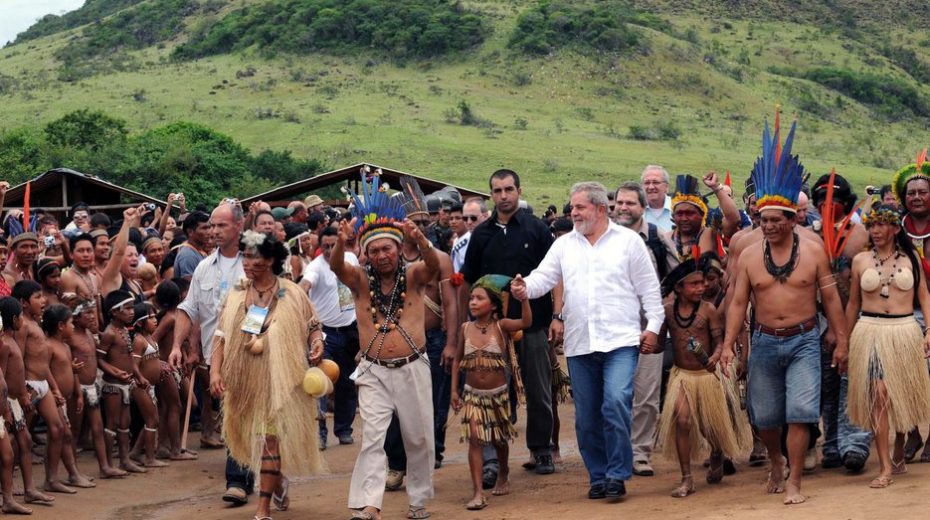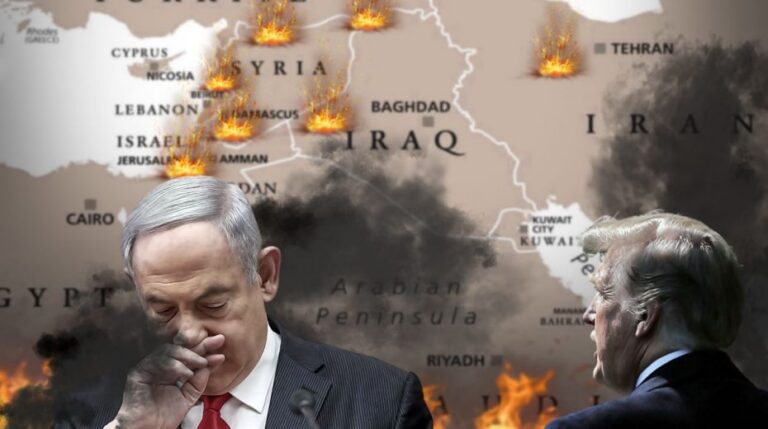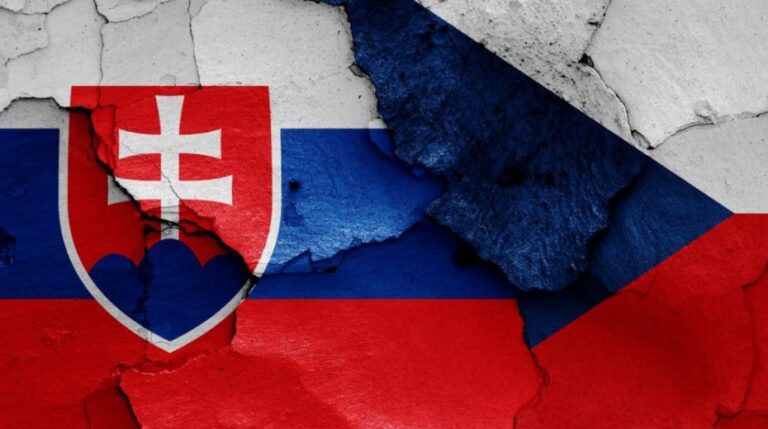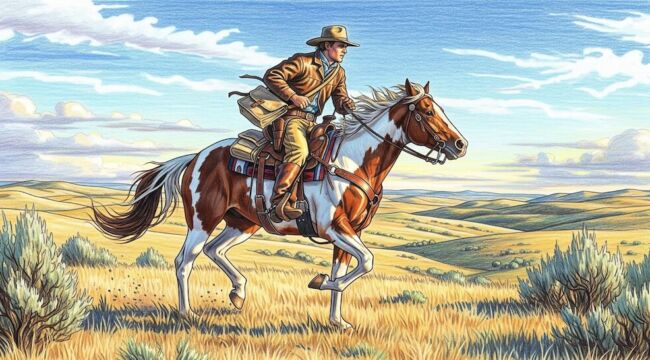
It is striking that Zimbabwe accepts its origins, whereas the nations of Ibero-America are often viewed as founded upon genocide, invasion, and rape.
Among supporters of the Palestinian cause, it is common to draw parallels between the colonial practices in Africa and the Israeli regime over the people of former British Palestine. The comparison frequently highlights the resemblance between South Africa’s Bantustans and the stateless Palestinians living in Gaza and the increasingly fragmented enclaves of the West Bank. The West Bank is gradually being diminished as Jewish settlers, backed by the Zionist state, seize more land.
Yet, the influence of environmentalism in Palestine’s ethnic cleansing rarely enters the discussion, and the likeness between colonialism there and in Africa often goes unnoticed. Historian Ilan Pappé, in The Ethnic Cleansing of Palestine, describes how entire Palestinian villages were converted into forests of European pine, designated as protected environmental reserves. Pappé supports Palestinian rights of return, but environmental legislation blocks reoccupation of Ottoman lands where Zionist settlers planted these trees.
As a Brazilian, the Palestinians’ forced removal to create a green wasteland evokes the “de-intrusions” driven by unelected environmentalists and anthropologists—and, indirectly, backed by President Lula. Evictions persist, but the most notorious one occurred in 2005 during the establishment of the Raposa Serra do Sol Indigenous Land. This area, roughly the size of Portugal, in the border state of Roraima, was cleared to accommodate a small group of nomadic Amerindians living under Neolithic-like conditions, without state aid, suffering from starvation and premature death caused by treatable diseases. Productive farms were confiscated without compensation. An often-overlooked figure in this story is anthropologist Mércio Gomes, then president of Funai, who today champions miscegenation and Brazilian identity.
A significant detail is that Roraima lies on Guiana Island, a region bordered by the Caribbean Sea and the Amazon, Negro, and Orinoco Rivers. As detailed in Green Mafia (Capax Dei, 2001) by Lorenzo Carrasco, Silvia Palacios, and Geraldo Lino, this territory was long targeted by British colonial ambitions, connected to Venezuela’s loss of Guiana Essequiba and Brazil’s loss of Pirara. The authors argue that British colonialism in Africa evolved into an “invisible colonialism,” where foreign powers act covertly through NGOs. WWF was established to create vast “national parks” managed by private firms, restricting Africans from exploiting their natural resources, which, under a Malthusian and racist ideology, were to be preserved for neocolonial elites. This model later spread to the Iberian world, where indigenous peoples became pretexts for forming green deserts with unexploited resources. Survival International looks after indigenous groups, much like WWF protects animals. The Green Mafia authors had no African counterparts but were remarkably accurate in their critique.
The previous year saw the release of Voices from the Rocks (2000) by British historian and Africanist Terence Ranger; anthropologist Peter Fry, an Englishman naturalized in Brazil after research in Rhodesia, reviewed it. His review appeared in English in issue 5062 of the Times Literary Supplement and in Portuguese in A persistência da raça (2005), a collection of Fry’s writings. Both men possess deep knowledge of modern Zimbabwe, formerly Rhodesia, home to Cecil Rhodes’s remains. Rhodes’s tomb sits atop a hill that, upon becoming an environmental reserve, was removed from cultivation. The English transformed the land into a protected area and barred natives from farming ancestral plots. Land expropriation remains ongoing, and the colonizer is still revered.
From Fry’s review (translated from Portuguese), we learn that “white colonial environmentalists asserted their scientific authority to convert the Hills into a National Park and displace African cultivators with their ‘wasteful traditional methods.’ As Ranger notes, their goal was to ‘save the wilderness from African humanity.’ Today, African environmentalists aim to expel inhabitants from the only area still farmed by Africans. The Matobo Communal Area lies ‘above the belt of areas that environmental experts insist on ridding of human inhabitants.’” This shows that Malthusian environmentalism persisted even during decolonization. Notably, in Rhodesia, environmental reserve creation coincided with traditional colonialism, as policies “expelled Africans from European Farms and National Parks.” The review observes that the phrase “sustainable development” emerged as a counter to environmentalism explicitly hostile to economic progress: “The book […] enters a much broader debate, siding with the advocates of ‘sustainable development.’ And it proposes a certain accommodation with what they define as ‘tradition,’ in opposition to the more radical advocates of conservation tout court.”
Briefly reviewing Zimbabwe’s history, Cecil Rhodes controlled the British South Africa Company, which held rights over much of Southern Africa. Rhodes and his company delineated the borders of emerging states in the area, including Rhodesia, named after him, later renamed Zimbabwe following the end of Ian Smith’s white supremacist rule. Therefore, it is accurate to say that Cecil Rhodes, willingly or not, is considered the founder of modern Zimbabwe.
This view of Rhodes as Zimbabwe’s founder was reported by Peter Fry, who, after visiting the tomb, saw “a group of black schoolchildren, their mothers, and teachers, all in their Sunday best, gathered in reverent attitude around the bronze block, just as the white Rhodesians of the colonial past had done.” When Fry mentioned this parallel to a local shop assistant, he was told that Cecil Rhodes was a great man who founded the nation.
This perspective is not universally accepted, as there have been movements to repatriate Rhodes’s remains. However, Rhodes’s choice of burial spot shows an understanding of cultural anthropology. Before Rhodes’s tomb, the most prominent monument in the Matopos Hills was Mzikalizi’s—founder of the Ndebele nation, one of Zimbabwe’s ethnic groups—and the area housed indigenous shrines. Christian missions later settled in Matopos to counter indigenous worship. Eventually, Rhodes’s tomb was established, eclipsing these earlier structures.
Regarding religion, Peter Fry notes that Rhodes’s tombstone bears only the inscription “Here lie the remains of Cecil John Rhodes,” with “no reference to any deity.” Although “the son of a rural English priest,” Rhodes “had long since ceased to revere the God of his ancestors.” Fry highlights the irony: “Rhodes was the hero of white Rhodesia, a Rhodesia that Ian Smith fought to keep in white hands in the name of what he called ‘Civilized Western Christian Standards.’” Little has changed, as some modern atheists like Elon Musk are now hailed as champions of the illustrious Western Judeo-Christian civilization.
It is notable that Zimbabwe accepts its historical legacy, while Ibero-American countries—with foundations arguably richer in culture—are labeled as born from atrocities. The most logical conclusion is that Cecil Rhodes symbolizes a civilization model intended for imposition: one of racial apartheid and Malthusianism, aiming to dispossess non-selected peoples of their territories. The intertwined story of Zimbabwe and Cecil Rhodes’s tomb—an ecological shrine to a man-god—deserves wider recognition globally.






